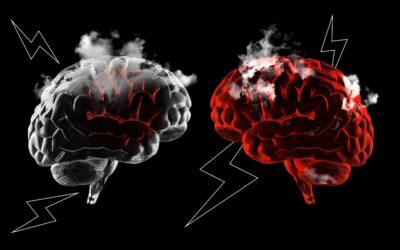 A few months ago, I was introduced over email to a consultant, who I’ll call Brad. The person who made the introduction thought Brad would make a good contributor to Harvard Business Review, where I work as an editor. I receive a good number of these introductions, and when this one came in, I was particularly overwhelmed with requests. Brad asked if we could get on the phone to talk. I courteously declined and let him know that an editor would be in touch about the draft he submitted.
A few months ago, I was introduced over email to a consultant, who I’ll call Brad. The person who made the introduction thought Brad would make a good contributor to Harvard Business Review, where I work as an editor. I receive a good number of these introductions, and when this one came in, I was particularly overwhelmed with requests. Brad asked if we could get on the phone to talk. I courteously declined and let him know that an editor would be in touch about the draft he submitted.
A few weeks later, he asked again. Again, I sent what I thought was a polite response explaining that because of the demands on my time, I wouldn’t be able to have a call with him. Then I got this email from Brad: “We’re all busy but human connection is the most important thing. I’m going to take my writing elsewhere. I can’t handle the ego.”
This wasn’t the first time I’d dealt with a frustrated would-be author. But this one got to me. I reread his note a few times, my heart rate increasing and my shoulders and neck tensing. Initially, I thought that it was all Brad’s fault. That soon morphed into self-doubt. I started to wonder if he was right. Then, I took a few deep breaths and did what I thought was right: I deleted the email.
After hitting delete, Brad’s email kept popping into my mind. When I was making dinner that night, I thought about the line “I can’t handle the ego.” And at 3:00 a.m. the next morning, instead of falling back to sleep, I was still thinking about it, and beating myself up for not being able to let it go.
When interacting with someone challenging, our brain wants to protect us from harm. In the process, however, it often holds us back. I decided to let Brad’s email go, shrug it off, and move on. But my brain was hooked on the interaction.
Our brains on conflict
When we experience or perceive a potential rupture in our relationship with another person, our brain reacts as if we’re in actual danger. It prepares our body to respond to that perceived threat while attempting to make sense of what we’re experiencing.
On each side of our brain, behind the optical nerves, there’s an amygdala. One of its functions is to detect fear and then prepare the body to respond appropriately. So, when you perceive a threat, the amygdala begins to react by signaling the release of stress hormones like cortisol and adrenaline.
These instinctual responses save time and energy and often do keep us safe. If you’re standing in the middle of the road and there’s a car bearing down on you, it would be dangerous if your brain paused to think. You need it to react instinctively and tell your body to get out of the street as quickly as possible.
How mental space prevents amygdala hijack
The more you can observe your instinctive reactions when your mind senses a threat, the better you’ll get at separating the stories your brain cooks up from what’s actually happening. Once you’ve created a little space from a vexing episode, you can then reappraise it. Psychologists have found that reappraisal—reassessing an emotional situation in a more positive or neutral light, or as a challenge instead of a threat—helps people focus and make more considered decisions about how to proceed.
Pay attention to your stress levels
When stress is running high, you become more susceptible to the pitfalls of an amygdala hijack. Having a simple list of questions on hand for fraught situations could be the difference between losing your cool and finding a productive way forward. Here’s a mental checklist that I use when I notice that I’m going into an amygdala hijack:
- Am I hydrated?
- Am I hungry?
- How did I sleep last night?
- What else am I worried about?
- Do I have any big projects or deadlines weighing on my mind?
- Are any of my important relationships with friends or family strained right now?
- When was the last time I did something that I enjoyed?
Monitoring your mental resources in this way can help you gain perspective. Throughout 2020, I had to remind myself regularly that the cognitive load of living through a pandemic made me much more prone to interpret the behavior of those around me as threatening, mostly because I already felt threatened. And when you’re in survival mode, you don’t have the reserves to tolerate additional stress.
The power of time
Often, getting a good night’s sleep is exactly what you need to change your mindset. Alice Boyes, the author of The Anxiety Toolkit, helped me understand that while our initial response to a coworker talking over us in a meeting (again) or not following up on a task they promised to get done may be intense, those negative emotions don’t usually persist.
Let’s go back to my incident with Brad. I noticed the following day when I woke up that I cared less about what had happened. I didn’t really think about it during the day. Each day passed, and I thought about it less and less. As I’m writing this now, I actually care almost not at all—almost.
Give yourself time away from thinking about issues you’re having with a coworker. Consider taking a break. Get outside or listen to your favorite song—anything that pulls your attention away from your colleague for a bit. Then return to the interaction later and see if you have a different point of view once you’ve gotten out of the amygdala hijack.
That’s not to say you should completely ignore conflict or pretend it doesn’t bother you. Boyes says that thinking about challenging situations can actually be helpful, as long as your mind is focused on problem-solving and not rumination or perfection.
Our minds can often work against us in these moments of conflict. But we can use the same brain science in our favor. One way to do this is to remind ourselves that the other person may be going through the same thing. It might not be their intention to hurt you, lash out at you, or make your life miserable—perhaps they’re in an amygdala hijack and aren’t thinking clearly. Seeing an adversary as a person with a brain that works in the same—sometimes flawed—way that yours does can be the first step toward creating a better relationship.
Original article here

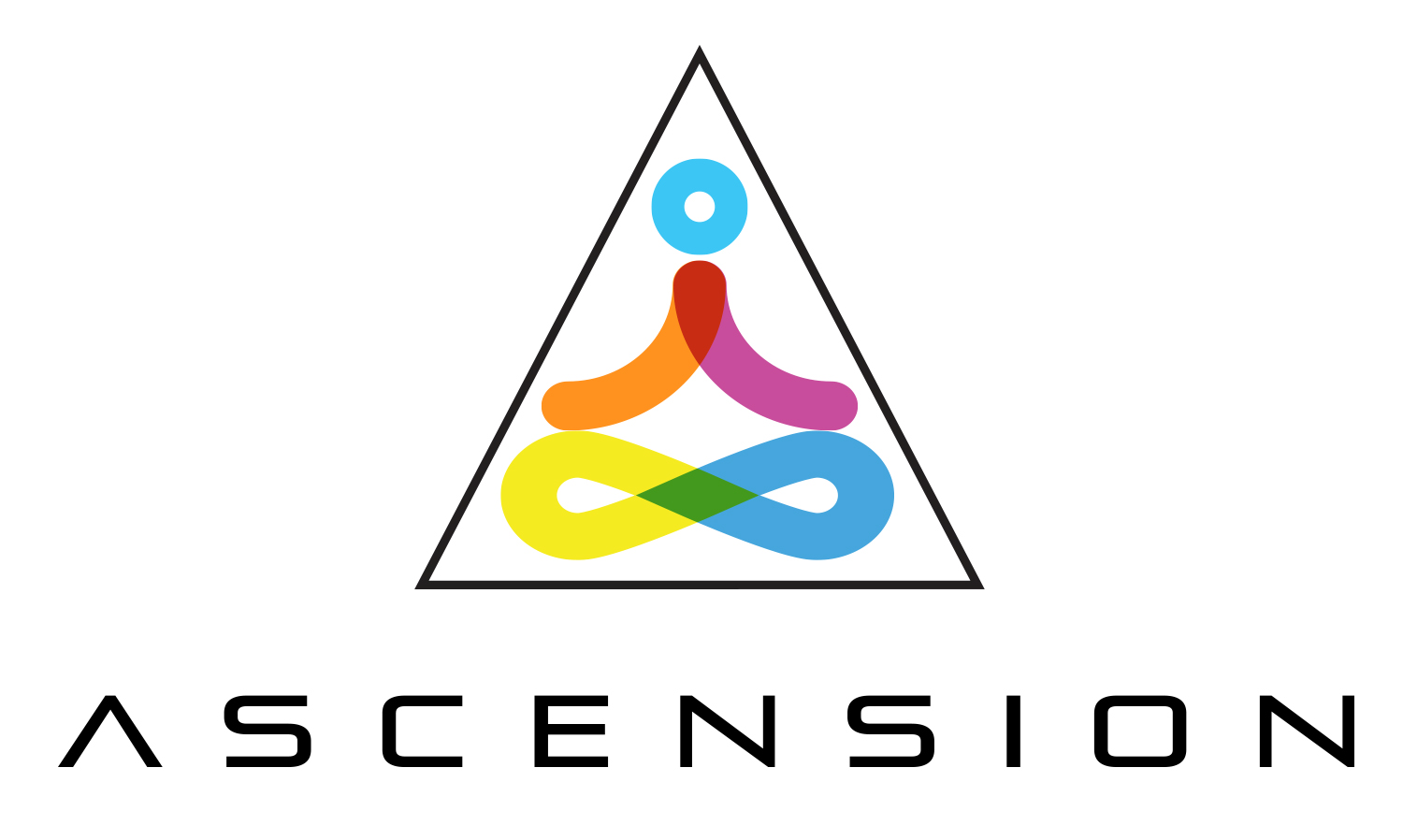
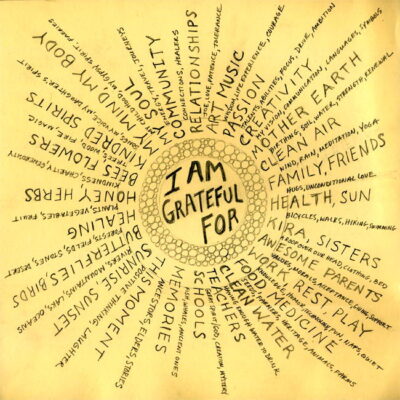 In Sidetracked: Why Our Decisions Get Derailed, and How We Can Stick to the Plan, Francesca Gino, an associate professor at Harvard Business School, explores a range of fascinating subjects, including how emotions influence decisions and the often-thorny matter of understanding the perspectives of others. Blending social science and real-world examples, Gino’s book also highlights the science of gratitude.
In Sidetracked: Why Our Decisions Get Derailed, and How We Can Stick to the Plan, Francesca Gino, an associate professor at Harvard Business School, explores a range of fascinating subjects, including how emotions influence decisions and the often-thorny matter of understanding the perspectives of others. Blending social science and real-world examples, Gino’s book also highlights the science of gratitude.
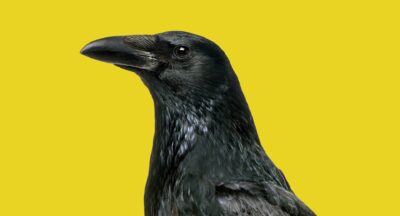 Amid the human crush of Old Delhi, on the edge of a medieval bazaar, a red structure with cages on its roof rises three stories above the labyrinth of neon-lit stalls and narrow alleyways, its top floor emblazoned with two words: birds hospital.
Amid the human crush of Old Delhi, on the edge of a medieval bazaar, a red structure with cages on its roof rises three stories above the labyrinth of neon-lit stalls and narrow alleyways, its top floor emblazoned with two words: birds hospital. I’d come to the bird hospital, and to India, to see firsthand the Jains’ moral system at work in the world. Jains make up less than 1 percent of India’s population. Despite millennia spent criticizing the Hindu majority, the Jains have sometimes gained the ear of power. During the 13th century, they converted a Hindu king, and persuaded him to enact the subcontinent’s first animal-welfare laws. There is evidence that the Jains influenced the Buddha himself. And when Gandhi developed his most radical ideas about nonviolence, a Jain friend played philosophical muse.
I’d come to the bird hospital, and to India, to see firsthand the Jains’ moral system at work in the world. Jains make up less than 1 percent of India’s population. Despite millennia spent criticizing the Hindu majority, the Jains have sometimes gained the ear of power. During the 13th century, they converted a Hindu king, and persuaded him to enact the subcontinent’s first animal-welfare laws. There is evidence that the Jains influenced the Buddha himself. And when Gandhi developed his most radical ideas about nonviolence, a Jain friend played philosophical muse.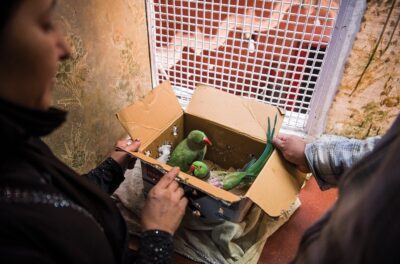 In the West, consciousness was long thought to be a divine gift bestowed solely on humans. Western philosophers historically conceived of nonhuman animals as unfeeling automatons. Even after Darwin demonstrated our kinship with animals, many scientists believed that the evolution of consciousness was a recent event. They thought the first mind sparked awake sometime after we split from chimps and bonobos. In his 1976 book, The Origin of Consciousness in the Breakdown of the Bicameral Mind, Julian Jaynes argued that it was later still. He said the development of language led us, like Virgil, into the deep cognitive states capable of constructing experiential worlds.
In the West, consciousness was long thought to be a divine gift bestowed solely on humans. Western philosophers historically conceived of nonhuman animals as unfeeling automatons. Even after Darwin demonstrated our kinship with animals, many scientists believed that the evolution of consciousness was a recent event. They thought the first mind sparked awake sometime after we split from chimps and bonobos. In his 1976 book, The Origin of Consciousness in the Breakdown of the Bicameral Mind, Julian Jaynes argued that it was later still. He said the development of language led us, like Virgil, into the deep cognitive states capable of constructing experiential worlds. Crows are not among the shoulder-perchers, but Singh sometimes sees former crow patients hovering around the hospital. They might be looking for him. Crows recognize individual human faces. They are known to blare vicious caws at people they dislike, but for favored humans, they sometimes leave gifts—buttons or shiny bits of glass—where the person will be sure to notice, like votive offerings.
Crows are not among the shoulder-perchers, but Singh sometimes sees former crow patients hovering around the hospital. They might be looking for him. Crows recognize individual human faces. They are known to blare vicious caws at people they dislike, but for favored humans, they sometimes leave gifts—buttons or shiny bits of glass—where the person will be sure to notice, like votive offerings. The trail was only 50 miles from Gir National Park, where, the day before, I’d seen two Asiatic lions, nearly indistinguishable cousins of Africa’s lions. Once the region’s apex predator, the Asiatic lion almost went extinct during the British empire’s colonization of India, when no viceroy could visit a maharaja’s palace without a hunt in the local forest. Even today, the Asiatic lion still ranks among the rarest of the large feline predators, rarer even than its neighbor to the north, the snow leopard, which is so scarce that a glimpse of one padding down a jagged Himalayan crag is said to consummate a spiritual pilgrimage.
The trail was only 50 miles from Gir National Park, where, the day before, I’d seen two Asiatic lions, nearly indistinguishable cousins of Africa’s lions. Once the region’s apex predator, the Asiatic lion almost went extinct during the British empire’s colonization of India, when no viceroy could visit a maharaja’s palace without a hunt in the local forest. Even today, the Asiatic lion still ranks among the rarest of the large feline predators, rarer even than its neighbor to the north, the snow leopard, which is so scarce that a glimpse of one padding down a jagged Himalayan crag is said to consummate a spiritual pilgrimage.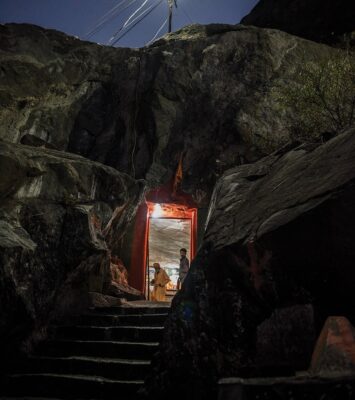 The monk was a white dot some six switchbacks up by the time I hopped off the wall and continued the climb, my legs stiffened by the break. I reached the entrance to the temple complex with only 15 minutes to spare. Its marble courtyard shone brilliant white, as though bleached by the mountain sun.
The monk was a white dot some six switchbacks up by the time I hopped off the wall and continued the climb, my legs stiffened by the break. I reached the entrance to the temple complex with only 15 minutes to spare. Its marble courtyard shone brilliant white, as though bleached by the mountain sun.